Did you know: Strategic summer pruning at just the right time can boost fruit yield of trees by over 25%, slashing pest problems and encouraging more robust growth?
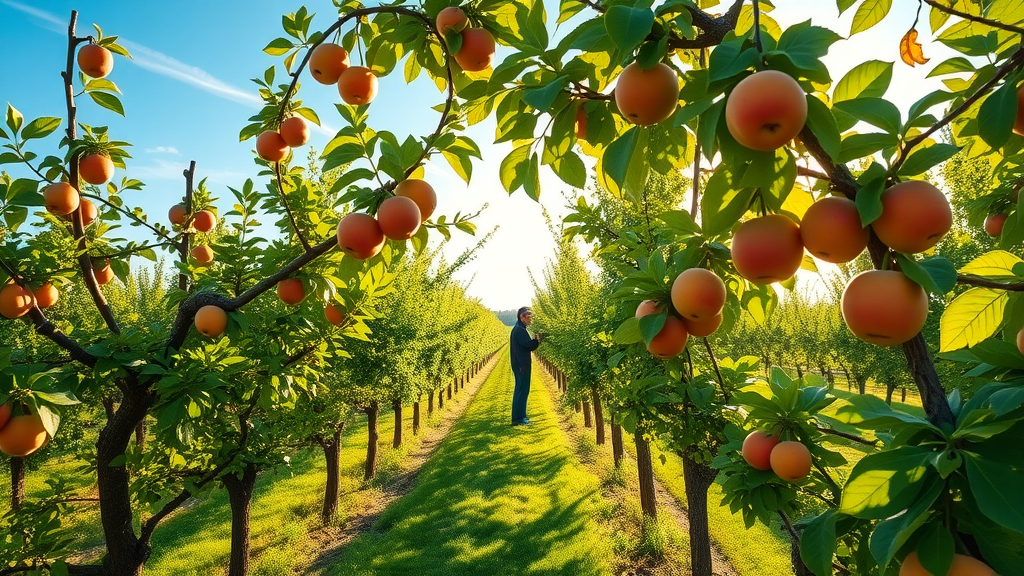
What you'll learn: In this guide, you'll discover the best time for summer pruning your fruit trees, why timing is critical, key pruning strategies, practical techniques, essential tools, and answers to the questions gardeners ask most about summer pruning. Ready to unlock airier canopies, healthier fruit, and fewer pests in your orchard? Let’s dig in!
Why Timing is Everything: Best Time for Summer Pruning Explained
When it comes to pruning fruit trees , timing isn’t just important—it’s everything. The best time for summer pruning aligns with the tree’s growth cycles, maximizing vigor and fruit quality while minimizing pest risk and disease. Pruning too soon or too late can reduce next year’s yield, make trees vulnerable to burns, or trigger excessive, unwanted shoot growth that saps energy.
For most fruit trees in summer , experts recommend pruning after the main flush of spring growth has slowed, typically from mid-July to mid-August. At this stage, energy is shifting from leaves to fruit and woody tissues, making trees less likely to produce vigorous shoots after cuts. By targeting this window, gardeners can drastically improve light penetration and air flow, enhancing the development of quality fruit on apple trees, pears, and stone fruit varieties. Practical examples include apple trees pruned just after fruit set, or prune fruit trees like plums and peaches during late summer for canopy shaping and pest control.
Seasonal Growth Patterns and Their Impact on the Best Time for Summer Pruning
Understanding the seasonal growth patterns of your fruit trees is essential for choosing the ideal moment to prune. In early summer, trees exhibit vigorous growth as nutrients rush to new shoots. However, if you make heavy pruning cuts during this stage, the tree tends to respond with a surge of new, thin branches known as water sprouts, which don’t benefit fruit production or overall structure. Instead, waiting until mid-summer—when energy transitions from shoot growth to fruit ripening—yields better outcomes, as cuts encourage bud set and channel strength into developing fruit.
For instance, an apple tree pruned in early June might send out dense clusters of young, unwanted branches. In contrast, the same tree pruned in late July redirects its resources into ripening apples and strengthening structural limbs. In the case of peaches or pears, pruning in alignment with this natural ebb leads to both higher fruit quality and less time spent battling excess growth. This is why understanding when your fruit tree enters a period of slow vegetative growth is the secret to optimal pruning success.
Most tree varieties—especially apples and pears—enter this slower phase once fruit set is underway, so tracking your unique orchard’s growth stage is key. Observing your fruit trees in summer and making targeted cuts at the right moment can mean the difference between a lackluster harvest and a season bursting with healthy produce.
How Summer Pruning Influences Fruit Tree Growth and Health
Summer pruning does more than just keep your backyard orchard tidy. When performed at the best time for summer pruning , this practice directly impacts your fruit tree’s future health and fruitfulness. Properly timed cuts can reduce the density of shade in the canopy, enabling more sunlight to reach developing fruit—a key driver behind sweeter, more colorful, and larger harvests.
Another crucial benefit is disease and pest management. Thick, crowded branches create the ideal humid environment for fungal spores and pests to thrive. By thinning these branches during summer, you increase airflow and help leaves dry quickly after rain, sharply reducing the risk of scab, rot, and insect infestations. Older branches and non-productive wood should be removed so that valuable nutrients flow toward robust shoot growth and next year’s flower bud formation, especially in apple trees and pears .
Finally, summer is the prime opportunity to shape young trees , establishing a healthy structure that will last decades. By making precision cuts now, you encourage strong central leaders and open canopies, setting the stage for heavy, high-quality yields year after year. Ultimately, when you master the timing, summer pruning is a powerful tool for cultivating lasting orchard health.
| Fruit Tree Type | Optimal Summer Pruning Window | Special Considerations |
|---|---|---|
| Apple Tree | Mid-July to mid-August | Prune after main shoot growth slows; avoid heavy pruning during fruit set |
| Pear Tree | Late July to early August | Focus on thinning for sunlight; remove upright shoots |
| Plum Tree | Late summer (after harvest) | Prune for airflow; remove diseased wood promptly |
| Peach Tree | Mid- to late summer (after fruit set) | Encourage open center for light and air penetration |
Understanding Fruit Tree Needs: Summer Pruning Strategies for Maximum Yield
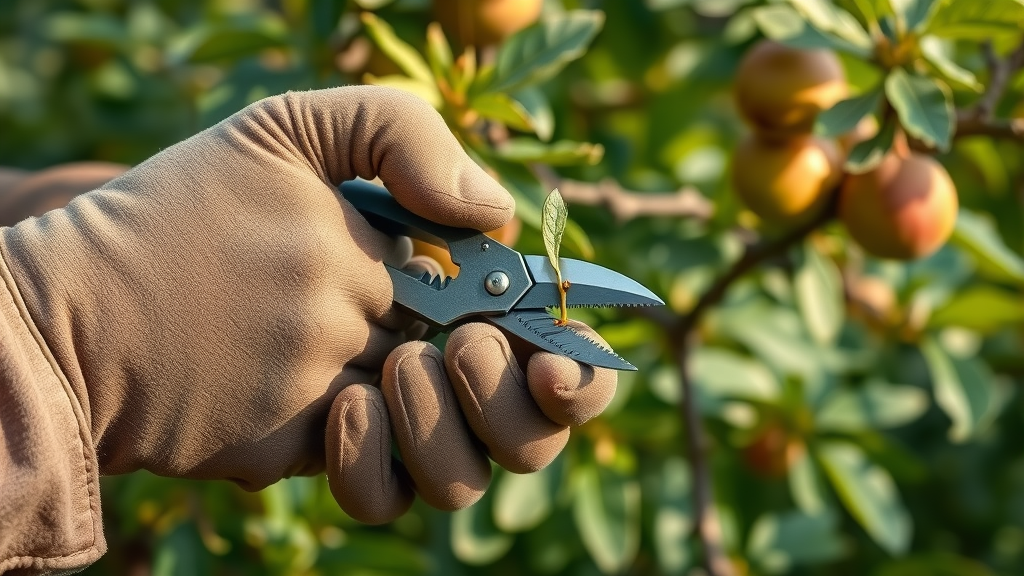
Best Time for Summer Pruning Fruit Trees vs. Prune Fruit Trees in Summer
While “ summer pruning ” might sound straightforward, there’s an important difference between pruning anytime in summer and choosing the best time for summer pruning . Waiting until vigorous shoot growth has slowed allows the tree to recover quickly and focus efforts where you want them—on ripe, sweet, and abundant fruit! This reduces the risk of unwanted, water-sprout regrowth that occurs when you prune too early.
For apple trees and other key varieties, pinpointing your pruning to the right 3-4 week window (typically July to early August) helps direct the plant’s energy toward ripening, rather than producing unnecessary shoots. Gardeners often ask, “Is there a good time to prune fruit trees earlier in the season?” While light, selective trimming of diseased or broken branches is okay at any time, heavy shaping and thinning should always coincide with the natural slow down in vegetative growth for best results.
This approach is just as vital for neophyte gardeners maintaining a home orchard as it is for experienced horticulturists. Remember: prune fruit trees in summer only when the tree is already shifting energy away from leafy expansion, not during the peak of lush, spring growth. This timing ensures healthier, longer-lived trees and a far more satisfying harvest.
Key Benefits of Summer Pruning: Reduced Vigorous Shoots, Improved Sunlight, and Fewer Pests
Pruning fruit trees during the peak of summer comes with impressive benefits. First, it helps control vigorous growth —excessively long shoots that shade the tree’s interior and take nutrients from developing fruit. Well-timed summer pruning keeps trees compact, controlling their size and making future harvests and maintenance easier.
Second, smart summer pruning directly impacts fruit quality and color. An open canopy improves light penetration , which is critical for even ripening and sweetness in fruit. And since excess shade encourages disease, increased sunlight is also a natural way to defend against damaging pathogens.
Finally, fewer dense, overcrowded branches mean less shelter for pests like aphids and caterpillars. With improved air circulation and reduced humidity, the risk of fungal diseases drops dramatically. By reducing crowded branching and removing water sprouts, you support a healthy, robust fruit tree with fewer pest problems and better yields.
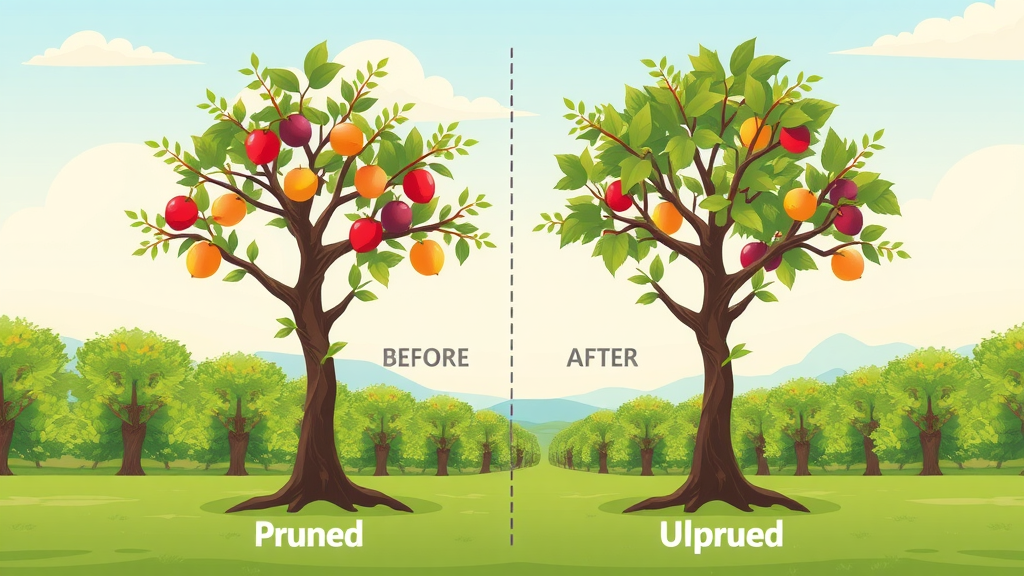
Timing Tips: Determining the Best Time for Summer Pruning Apples and Pears
Among fruit varieties, apples and pears are particularly responsive to summer pruning. The general rule? Wait until the bulk of shoot growth is complete—typically late July for apples, early August for pears. At this stage, dormant buds are forming for next year’s growth, and cutting stimulates fruiting rather than excessive leafy regrowth.
For apple trees , avoid pruning during periods of extreme heat or drought, as stressed trees are more susceptible to damage and disease. Always prioritize removing upright, non-fruiting shoots (“water sprouts”) and thin out the canopy for better sun exposure. For pears, err on the side of caution, as they’re prone to fireblight—always sterilize tools between cuts.
The best approach is to observe your orchard: when your fruit trees slow their vertical shoot expansion and fruit starts to enlarge, it’s time for summer pruning. Use sharp, clean tools and never remove more than a third of the canopy at once—this keeps mature fruit trees in summer healthy without shocking the system.
Mastering Summer Pruning Techniques for Trees in Summer
Common Mistakes to Avoid When Pruning Fruit Trees in Summer
Even with the best intentions, common mistakes can undo the benefits of a well-timed summer prune. One of the biggest missteps is pruning too early, which can stimulate heavy water sprout growth and stress the tree. Another is cutting branches too close to the trunk—known as “flush cuts”—which damage the tree’s protective tissues and invite disease. It’s also a mistake to ignore sanitation: dirty or dull tools can spread pathogens with every cut.
Pruning when your fruit trees are stressed (after a drought or during prolonged heatwaves) exposes them to sunburn, wilting, and impaired healing. Never remove large limbs in the blazing sun or prune flowering trees that bloom on old wood—this can wipe out next year’s blooms. Lastly, over-pruning or randomly snipping branches without a clear strategy leads to misshapen trees and low yields. Always prune with the end goal in mind: a strong frame, improved airflow, and fruitful wood.
To avoid these pitfalls, adopt a methodical approach, stepping back periodically to assess your work. Proper timing, sharp tools, and an eye for structural balance will ensure your summer pruning efforts produce their intended rewards.
-
Essential Tools for Summer Pruning: What Every Gardener Should Have
- Pruning shears: For precise cuts on smaller branches and shoots
- Loppers: Designed for thicker limbs and awkward places
- Handsaw or folding saw: Removes large or dead wood safely
- Gloves and safety gear: Protect your hands and eyes from thorns, sap, or debris
- Disinfectant spray or wipes: Sterilizes tools between cuts to prevent disease spread
- Sharpener: Keeps all your pruning equipment in optimum condition
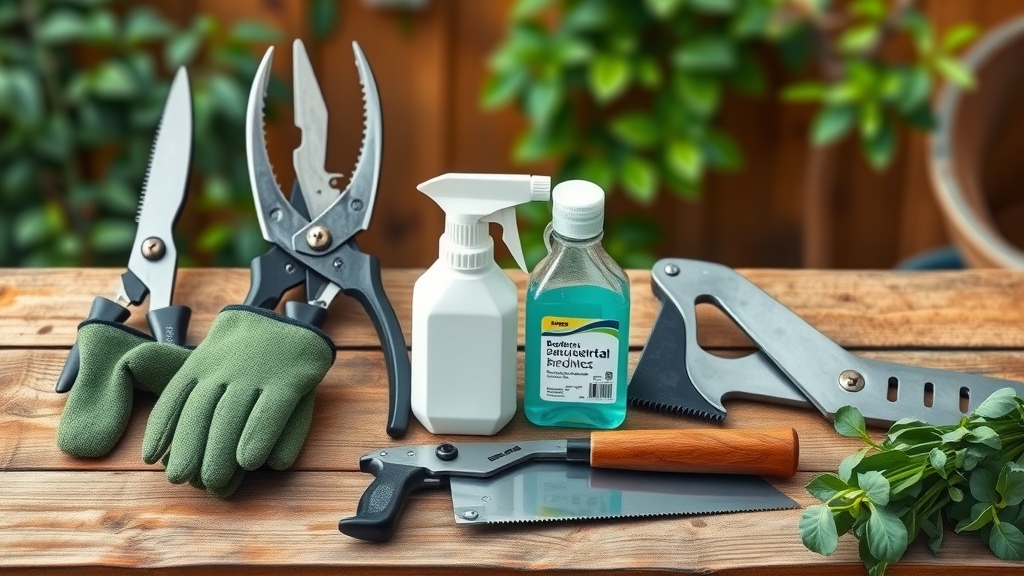
Step-by-Step Guide: How to Prune Fruit Trees in the Summer for Optimal Results
Choosing the Right Day: Weather and Tree Condition Considerations for the Best Time for Summer Pruning
The perfect day for summer pruning isn't just about the calendar—it's about the weather and your trees’ health. Ideal conditions are cool, dry, and overcast, which minimize stress and help wounds heal quickly. Never prune during the hottest part of a sun-baked afternoon, after heavy rainfall, or when your tree is suffering from drought. These factors can impede recovery and invite disease.
Examine your fruit tree for signs of health: lush foliage, absence of wilt, and firm, well-attached fruit. If you spot excessive drooping, brown leaf edges, or insect infestations, address these first before stressing the tree further with pruning. For best outcomes, prune in the morning or early evening to avoid peak heat and give fresh cuts plenty of time to dry before nighttime humidity settles in.
Remember, waiting for a string of ideal weather days may require patience, but ensuring your fruit trees are healthy and unwounded before you make the first cut is worth the investment. Trees pruned at the right time and in good condition almost always outpace those pruned in less favorable circumstances.
Techniques for Pruning Apple Trees and Other Fruit Tree Varieties
True mastery in pruning apple trees and other fruit tree varieties comes from knowing which cuts to make, and when. Start with “thinning cuts,” which remove entire branches back to a main limb or trunk, reducing overcrowding without stimulating excessive regrowth. Avoid “heading cuts” (snipping branch tips) on vigorous shoots, as these just encourage denser, weaker growth.
For apple trees , focus on removing upright water sprouts, dead or diseased wood, and rubbing or crossing branches. Maintain an open canopy that allows ample sunlight and air to reach all fruiting wood. When pruning stone fruits (like plums and peaches), you can be a bit more aggressive, especially if the tree is prone to overly dense canopy formation—just avoid removing more than one-third of the living canopy per season for mature trees.
Sterilize your tools before and after each cut, especially when moving between apples and pears to avoid transmitting fireblight and other diseases. Always cut at a slight angle just above an outward-facing bud, which encourages new growth to spread outward in a balanced fashion. Step back frequently to assess the shape and light penetration, ensuring every pruning cut serves a strategic goal.
Watch a certified arborist prune an apple tree in real time: identifying water sprouts, ensuring clean cuts, and explaining the timing nuance for each fruit variety. [Insert video here]
Best Month for Summer Pruning: Tailoring Your Approach to Different Fruit Varieties
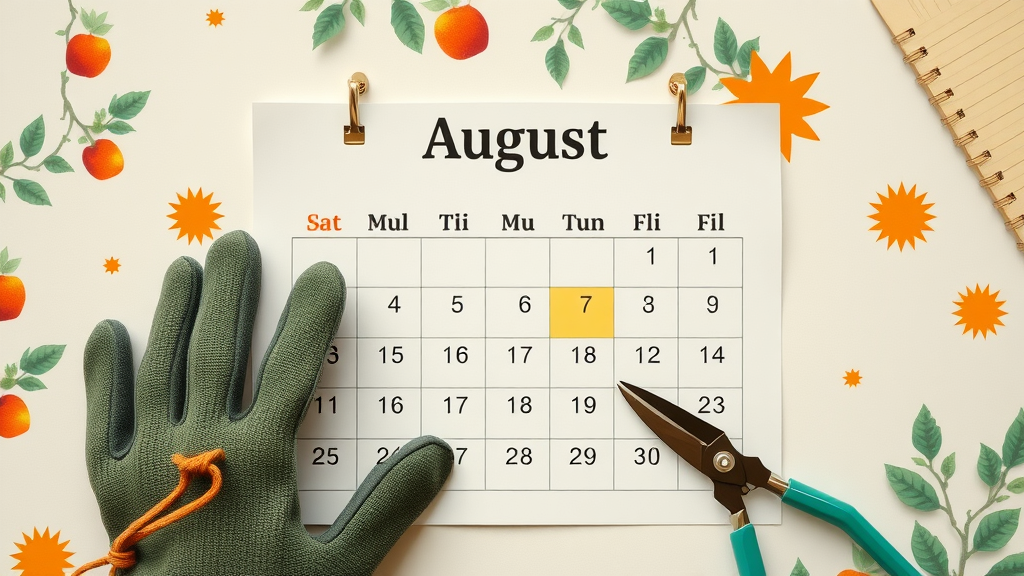
Different fruit species reach their optimal pruning windows at different times. In this expert video, discover why July to mid-August stands out for most varieties, but why plum trees may fare best with late-summer attention, and why peaches may benefit from slightly earlier pruning after fruit set. With clear visuals, this demonstration spotlights how choosing the right month can mean better fruit, fewer pests, and stronger trees year after year. [Insert video link]
Additional takeaways include managing young trees versus older, established ones, plus which months carry the highest risk for stress or disease introduction. Veterans and novices alike will walk away knowing exactly what to look for on their calendar before reaching for the pruners.
Timing is everything—by customizing your summer pruning to each fruit’s unique cycle, you set the stage for vigorous growth and bountiful, high-quality harvests.
People Also Ask: Best Time for Summer Pruning and Essential Guidance
What month is best for summer pruning?
Answer: For most fruit trees, July to mid-August is regarded as the best time for summer pruning, especially after fruit set and during slow vegetative growth.
What is the 123 rule of pruning?
Answer: The 123 rule of pruning guides gardeners to remove 1 year-old growth first, focus on removing 2-year-old wood if needed, and inspect for 3-year-old branches that may be overcrowding.
What not to prune in summer?
Answer: Avoid pruning spring-flowering species, stressed or drought-stricken trees, and never prune on excessively hot or humid days to prevent disease and sunburn.
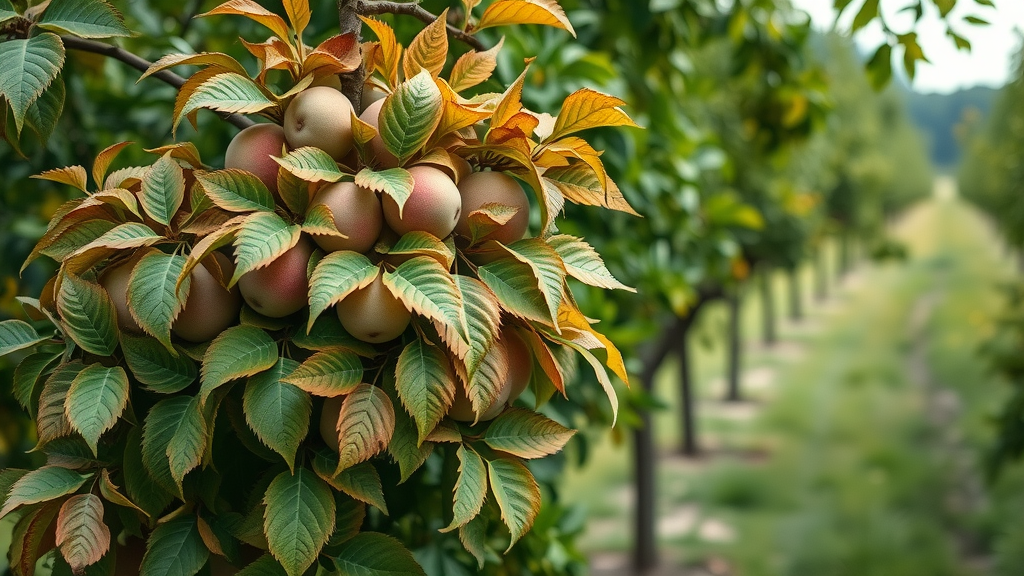
What are the three rules of pruning?
Answer: The three rules are: 1) Always use clean, sharp tools; 2) Remove dead/diseased/damaged wood first; 3) Prune to an outward-facing bud or branch for best regrowth direction.
Summer Pruning Guidelines for Different Fruit Trees
Special Considerations for Pruning Apple Trees, Pears, and Stone Fruit in Summer
Each fruit tree species comes with its own quirks and needs when it comes to summer pruning. Apple trees benefit from pruning cuts that balance branch number and sunlight—especially after their main growth phase. Pears, particularly susceptible to fireblight, require stringent tool sanitation and careful, light-handed thinning.
Pears and apples both respond best to pruning once new shoot growth ceases and fruit is setting or sizing up. For stone fruits like plums and peaches, focus on removing inward-facing, crowded, or diseased wood. These species can tolerate slightly heavier pruning compared to apples and pears, but always protect large cuts from hot, direct sunlight to reduce sunburn risk. Tweaking your pruning method based on each species ensures healthier, more productive trees in any home orchard.
Remember, the best time for summer pruning these trees is tailored by variety and condition—assess growth patterns, fruit size, and weather before cutting to maximize the benefits while minimizing stress and risk.
Managing Young vs. Established Trees in Summer Pruning
Young trees require a gentler approach to summer pruning. The goal is to shape a strong framework without reducing the leaf area needed for rapid growth. On young apple trees or stone fruit, prioritize removing competing leaders and poorly placed shoots, but limit overall canopy reductions to under 20%. This forms the strong, well-balanced skeleton that older trees rely on for decades of production.
With established fruit trees , you can be more strategic and aggressive, thinning out interior branches, water sprouts, and older wood blocking light. Aim to open the canopy for airflow and sun, creating a structure that supports both heavy crops and easy picking. Monitor the tree’s reaction—older trees heal more slowly and may need an extra dose of care and water post-pruning. Both young and mature fruit trees in summer thrive when cuts are clean, well-timed, and tailored to their stage of life.
Balancing vigor, structure, and health in your orchard is a long-term investment. With summer pruning scheduled at the right time and in the right way for each age group, you’ll cultivate robust, high-yielding trees that last for generations.
-
Do’s and Don’ts of Summer Pruning for Fruit Trees
- Do time heavy pruning for late July to mid-August after main shoot growth slows
- Do remove water sprouts, dead, damaged, or crowded branches
- Don’t over-prune young trees—retaining leaf area is key to strong development
- Don’t prune flowering species that bloom on old wood in summer
- Don’t use dull or dirty tools—disinfect between cuts
Common FAQs on the Best Time for Summer Pruning
How does the timing of summer pruning impact fruit quality and quantity?
Proper timing ensures energy is redirected to fruit development and ripening. Pruning after shoot growth slows results in better fruit quality, larger size, improved color, and more consistent production year to year.
Does summer pruning reduce or increase the risk of tree disease?
When timed well and performed with sterilized tools, summer pruning reduces disease risk by improving air flow and light, drying foliage quickly, and allowing for faster wound healing. Poor timing such as pruning in hot, wet weather or when trees are stressed may increase vulnerability to diseases.
Is there a difference between pruning fruit trees in summer versus winter?
Yes, summer pruning controls tree size, reduces excess shoots, and boosts fruit development, while winter pruning (when trees are dormant) encourages vigorous regrowth and reshaping of main branches. Both are valuable, but have different roles in the annual cycle.
When is it too late to prune fruit trees in summer?
After mid-August, wounds heal slower and the risk of frost damage to tender new growth rises. Aim to finish summer pruning before the end of August for best results, unless strictly removing dead or diseased wood.
Key Points: Recap on the Best Time for Summer Pruning for Healthier, More Productive Trees
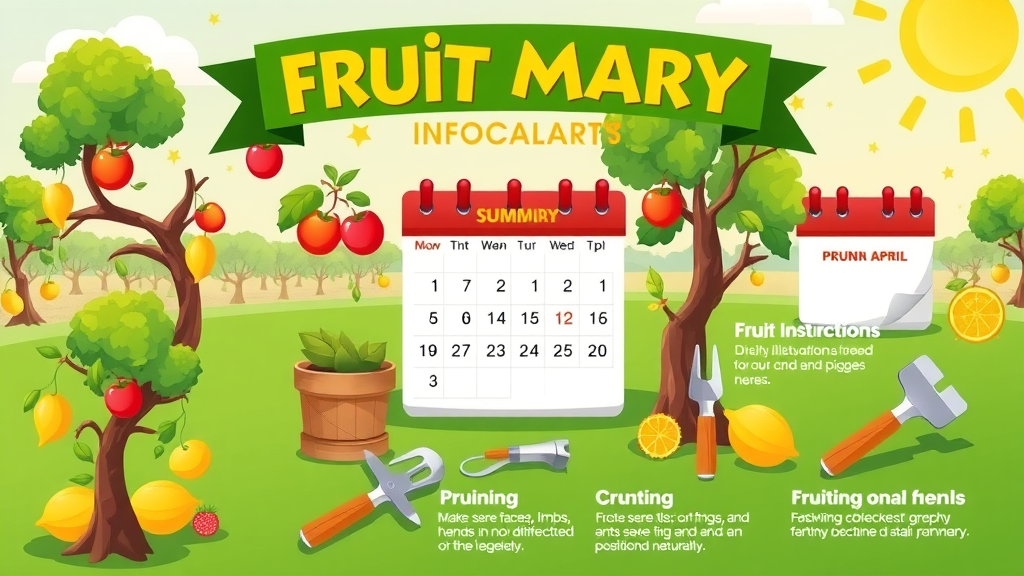
- Time summer pruning for July through mid-August when shoot growth slows
- Use sharp, clean tools and remove water sprouts, crowded, or non-productive branches
- Tailor timing and technique to your specific tree type—apples, pears, and stone fruits each have their own needs
- Monitor weather and tree health before pruning; never prune during heatwaves or on stressed trees
- Smart pruning brings bigger, healthier fruit, fewer pests, and decades of robust growth
Find Local Experts: Partner with Professionals and Take Action Today
Ready to transform your trees? Share your insights on Tree Care or call 203-271-7991 to discuss the best time for summer pruning your landscape’s stars!
Pruning your fruit trees at the optimal time during summer can significantly enhance their health and productivity. For instance, the article “7 fruit trees to prune in August for a bigger, better harvest” provides expert advice on pruning seven specific fruit trees in August to improve air circulation, sunlight access, and fruit ripening. ( homesandgardens.com ) Additionally, the Chicago Botanic Garden’s guide on the “Best Time to Prune Trees and Shrubs” offers comprehensive information on pruning requirements for various species, emphasizing the importance of timing to prevent disease spread and promote plant health. ( chicagobotanic.org ) By consulting these resources, you can ensure your summer pruning practices are well-informed and beneficial to your orchard’s vitality.
 Add Row
Add Row  Add
Add 


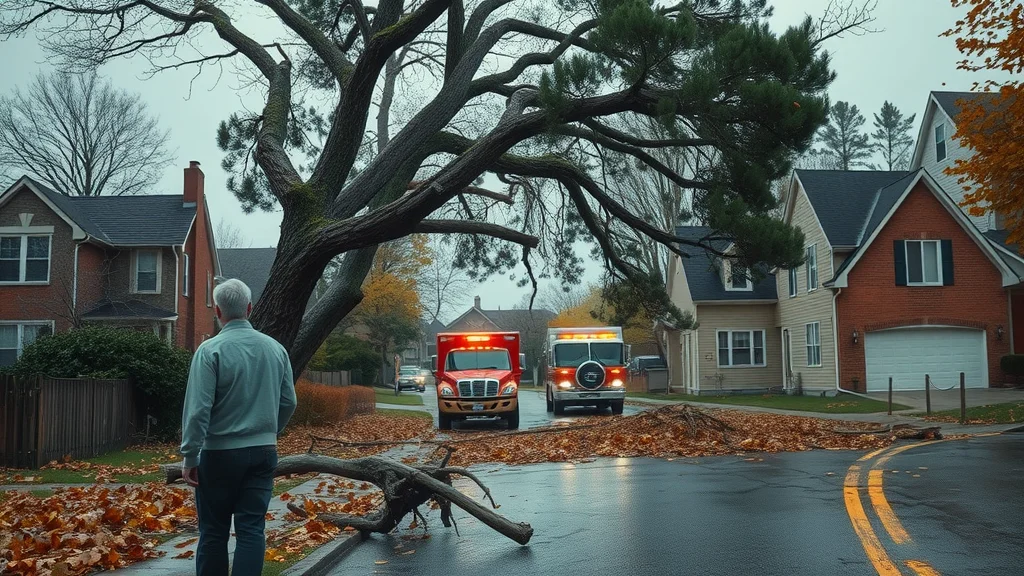

Write A Comment